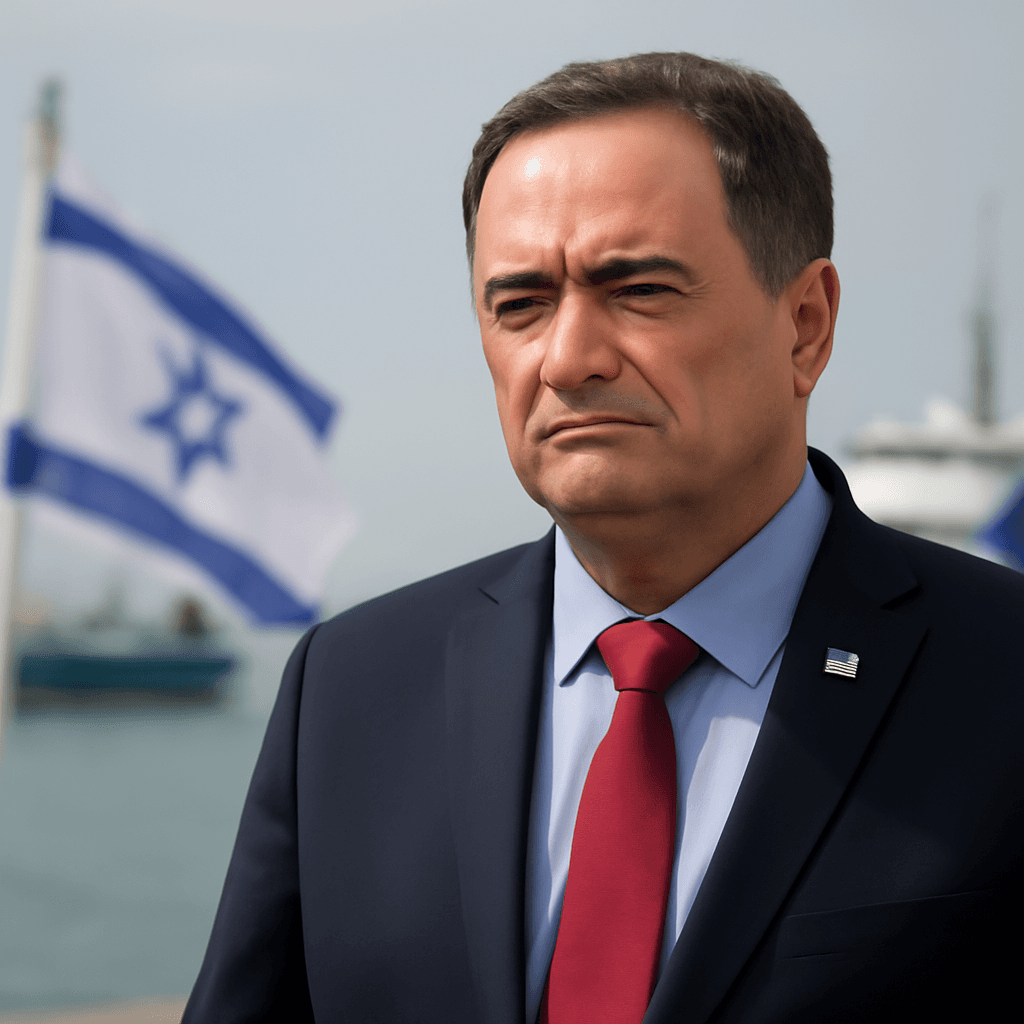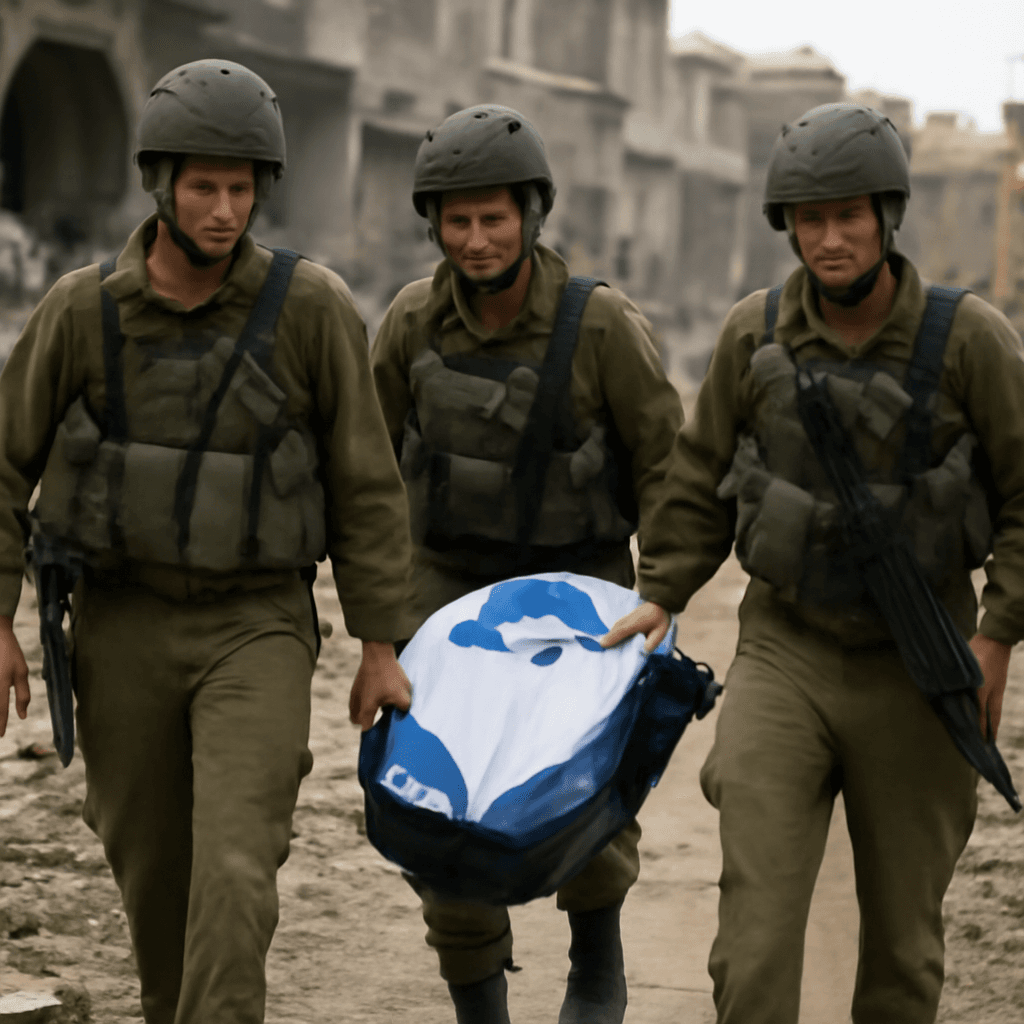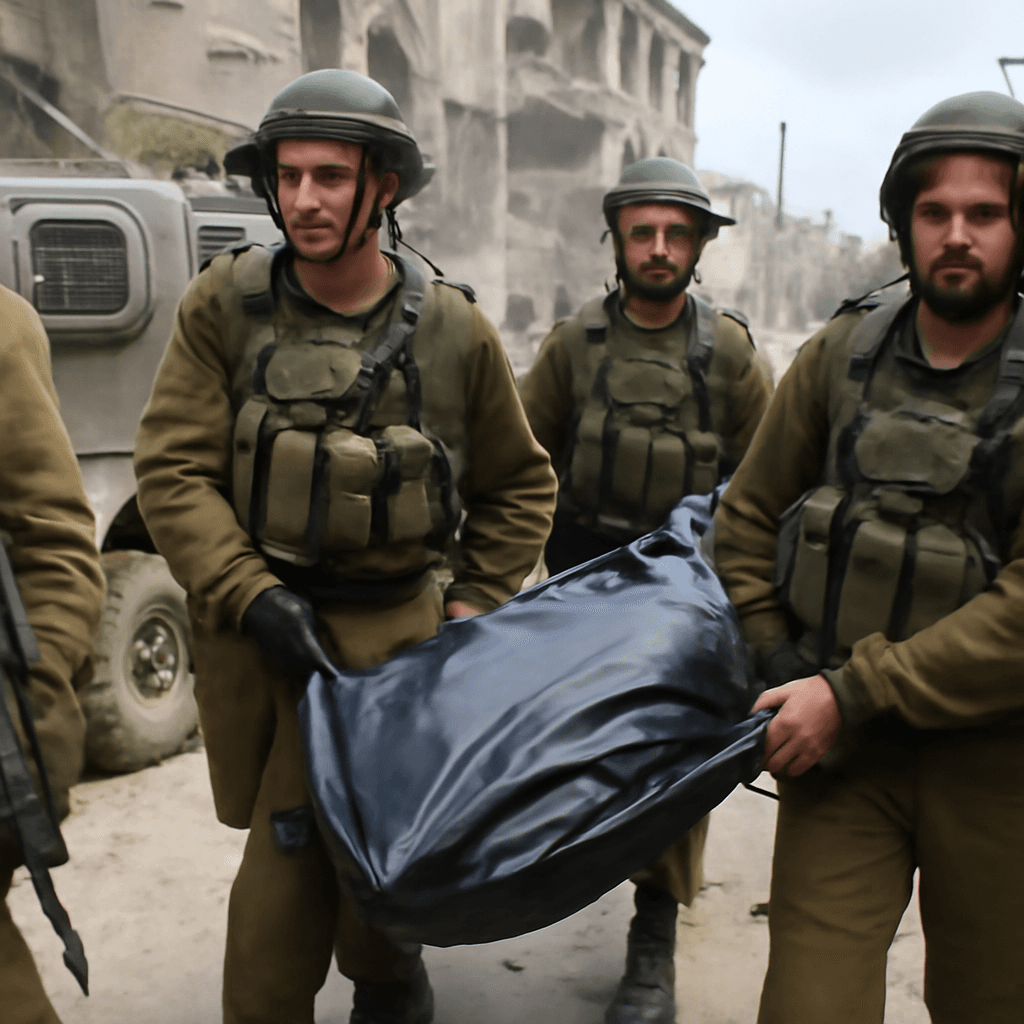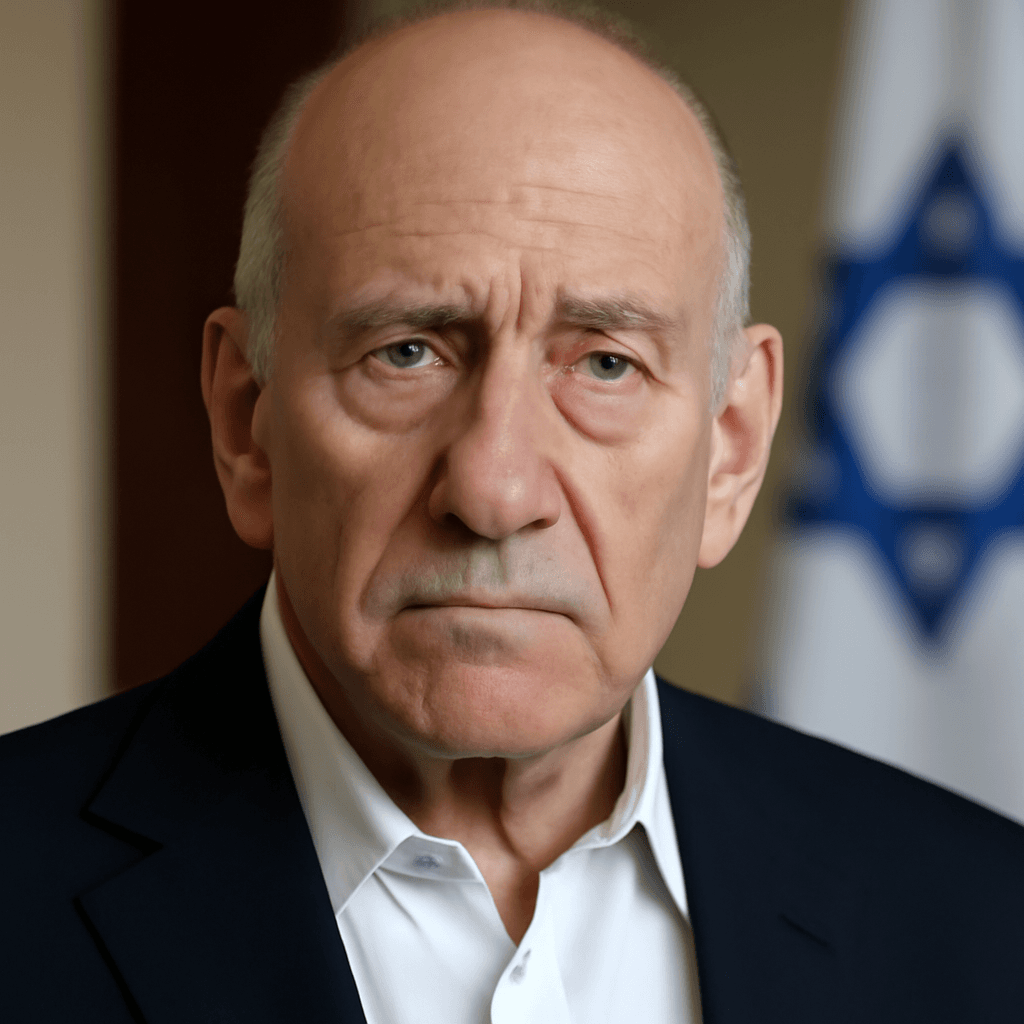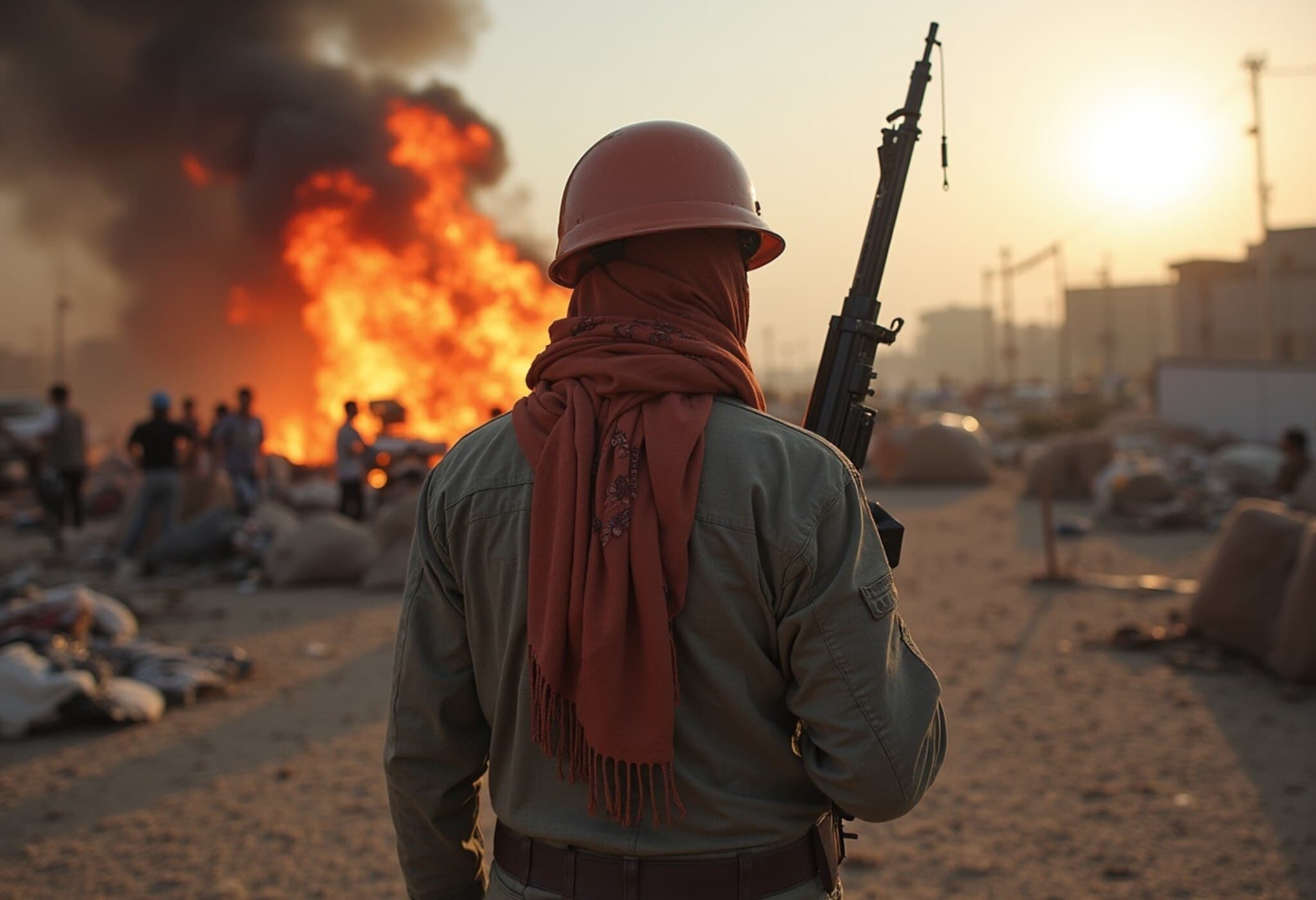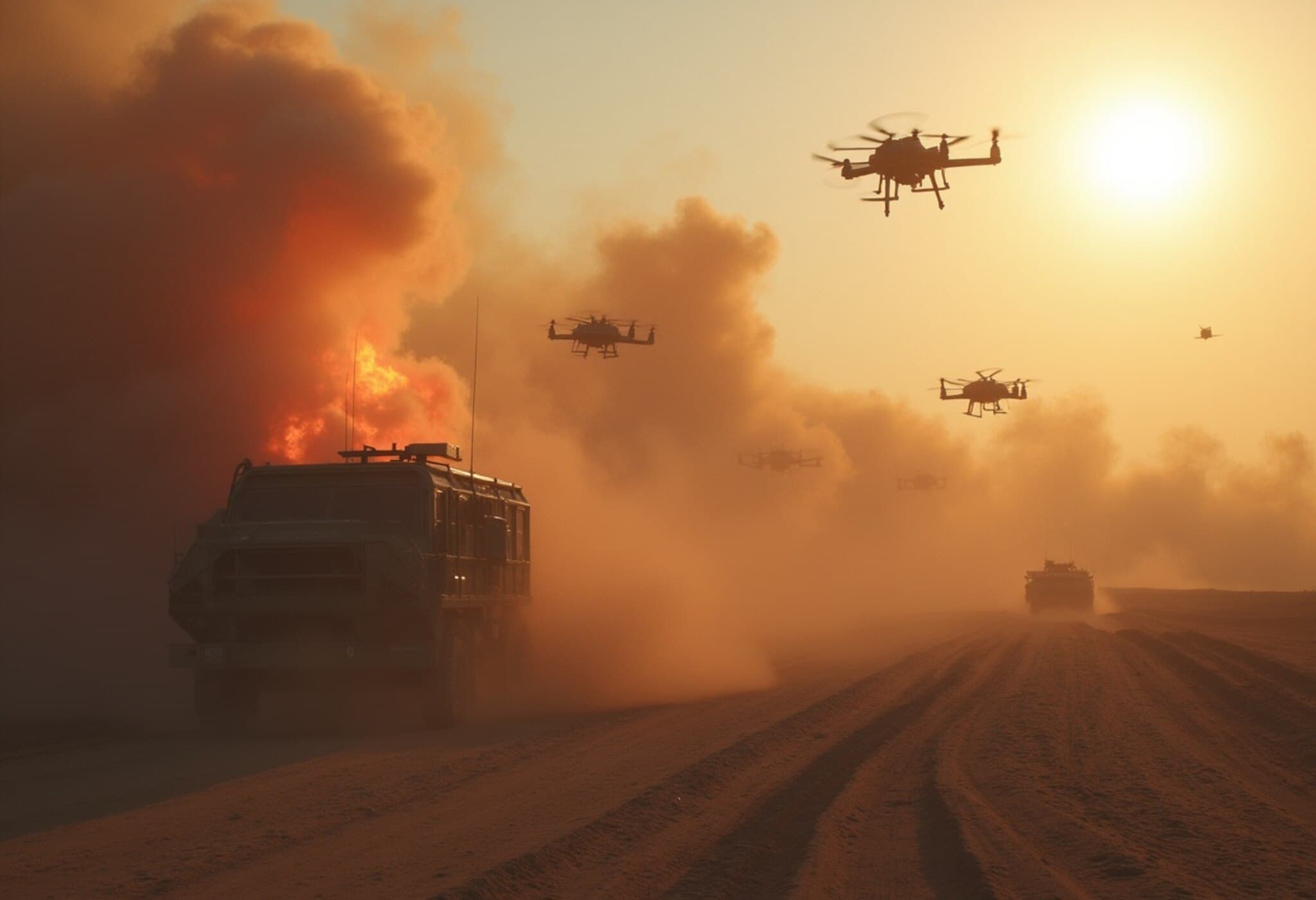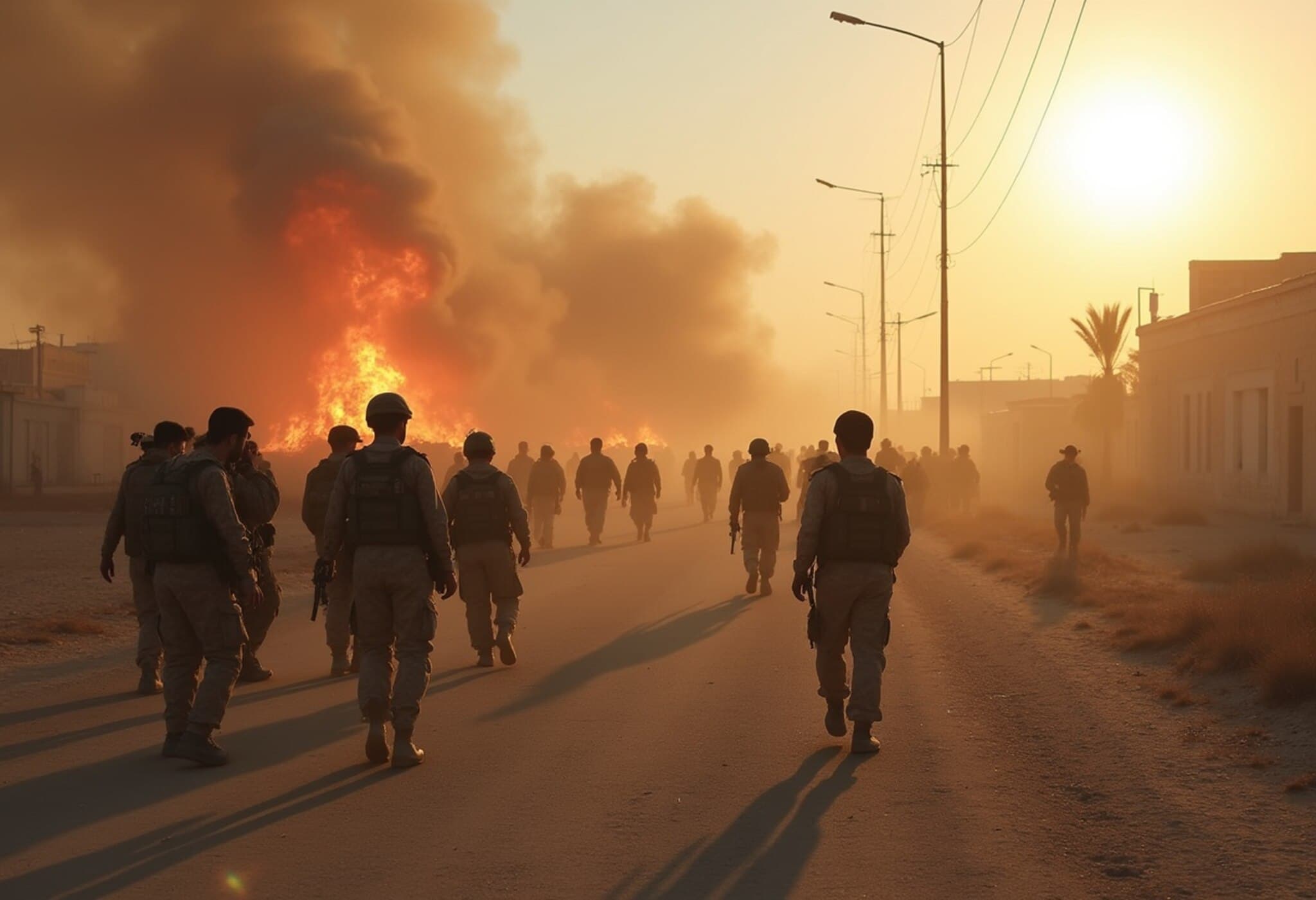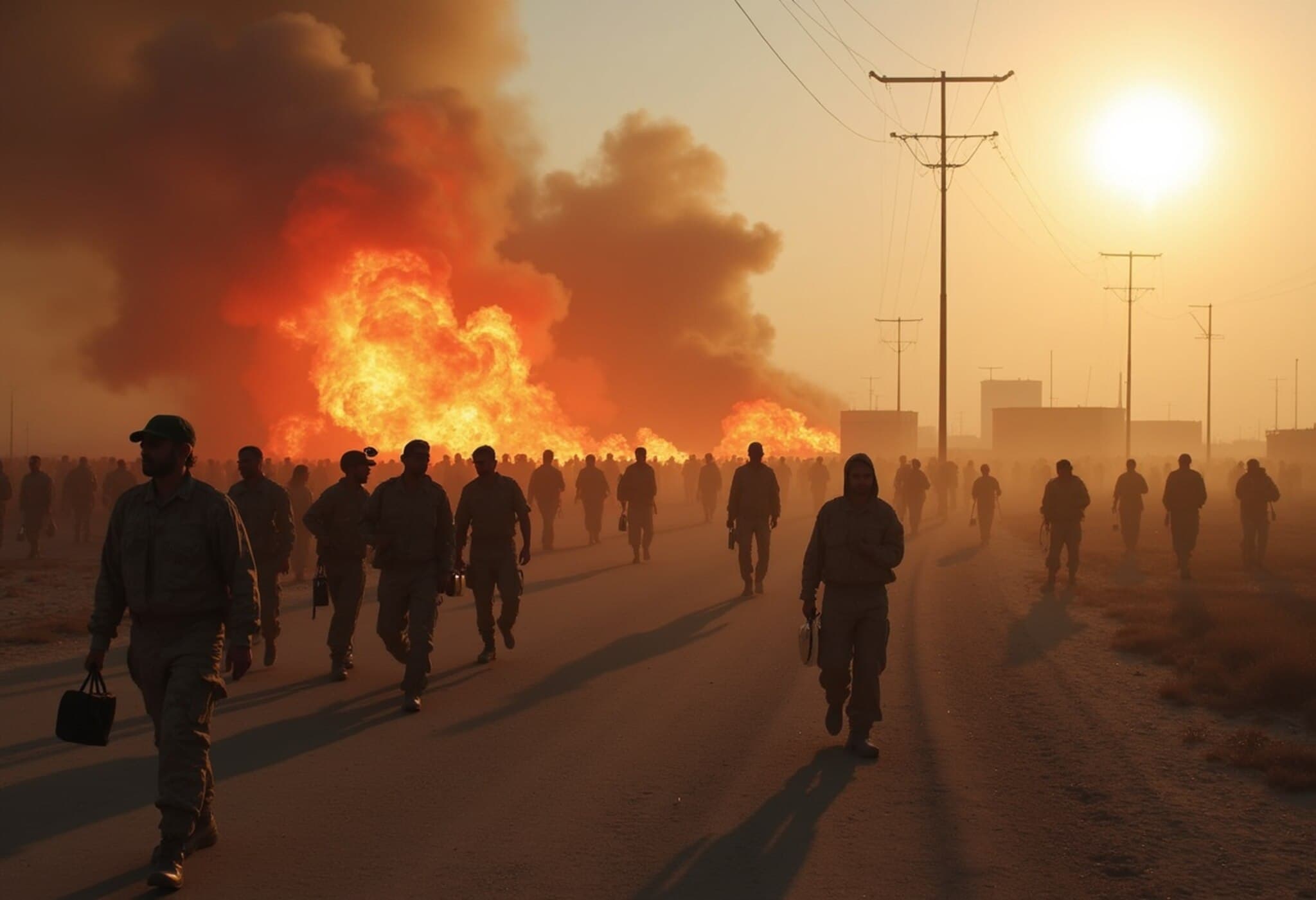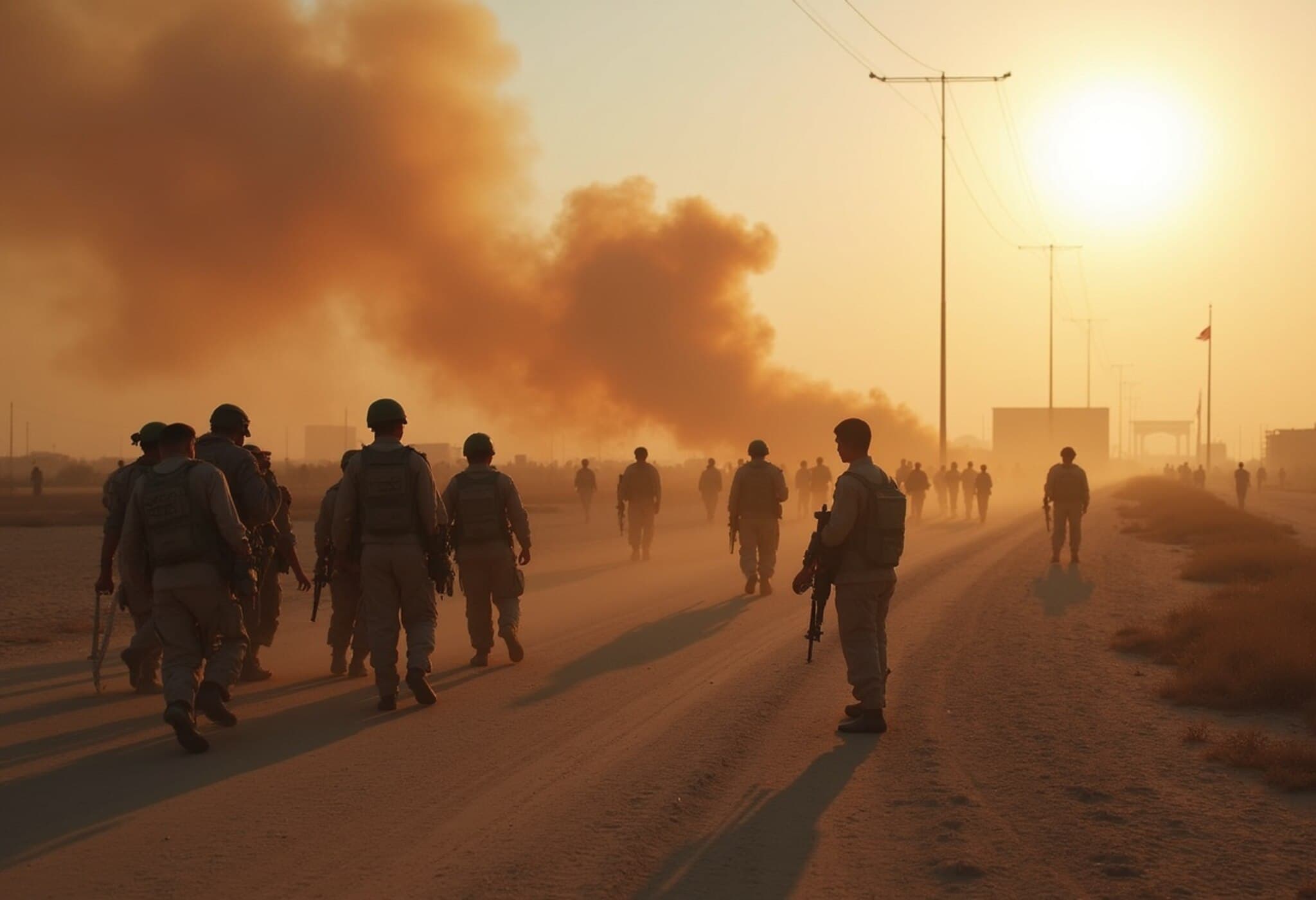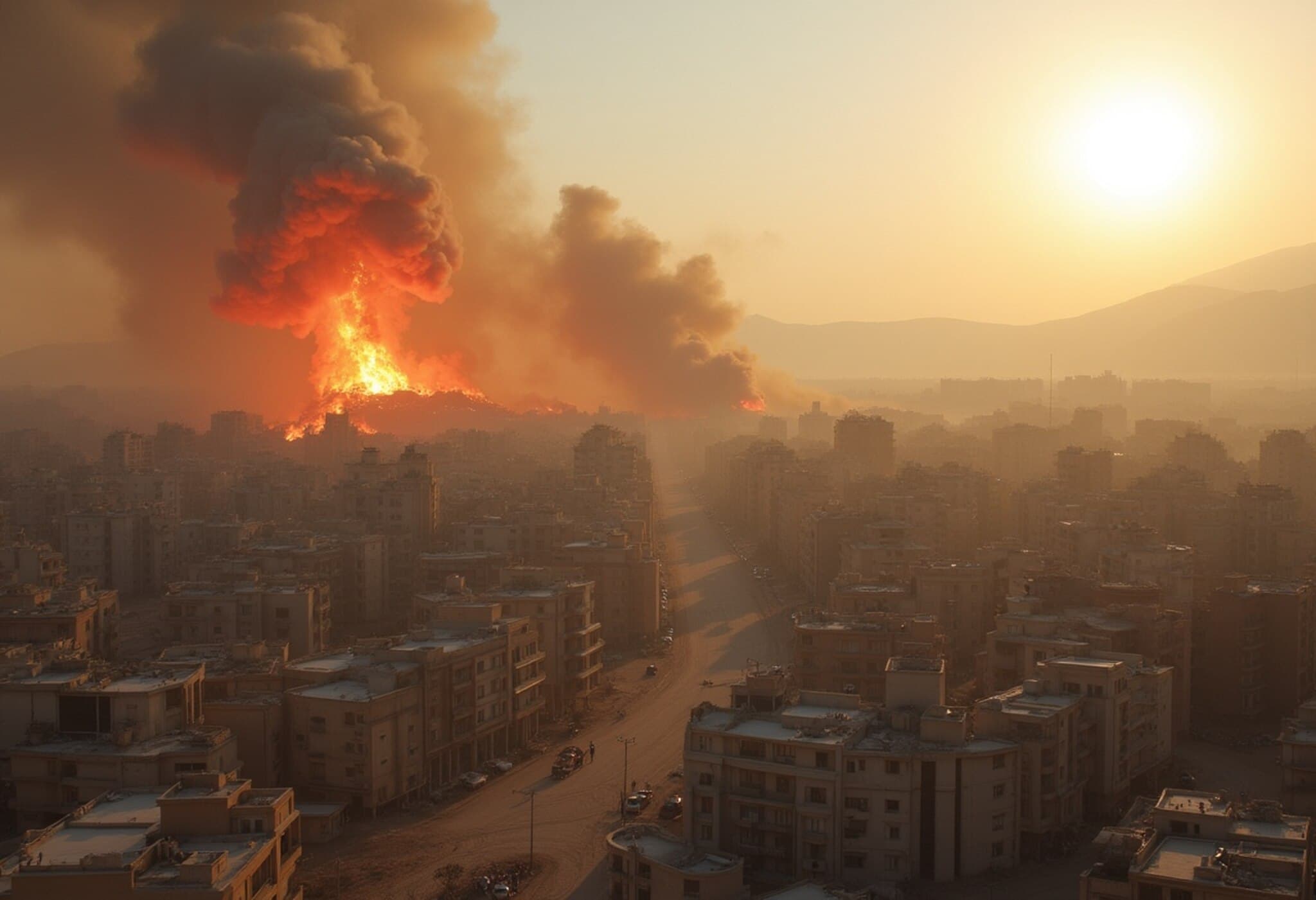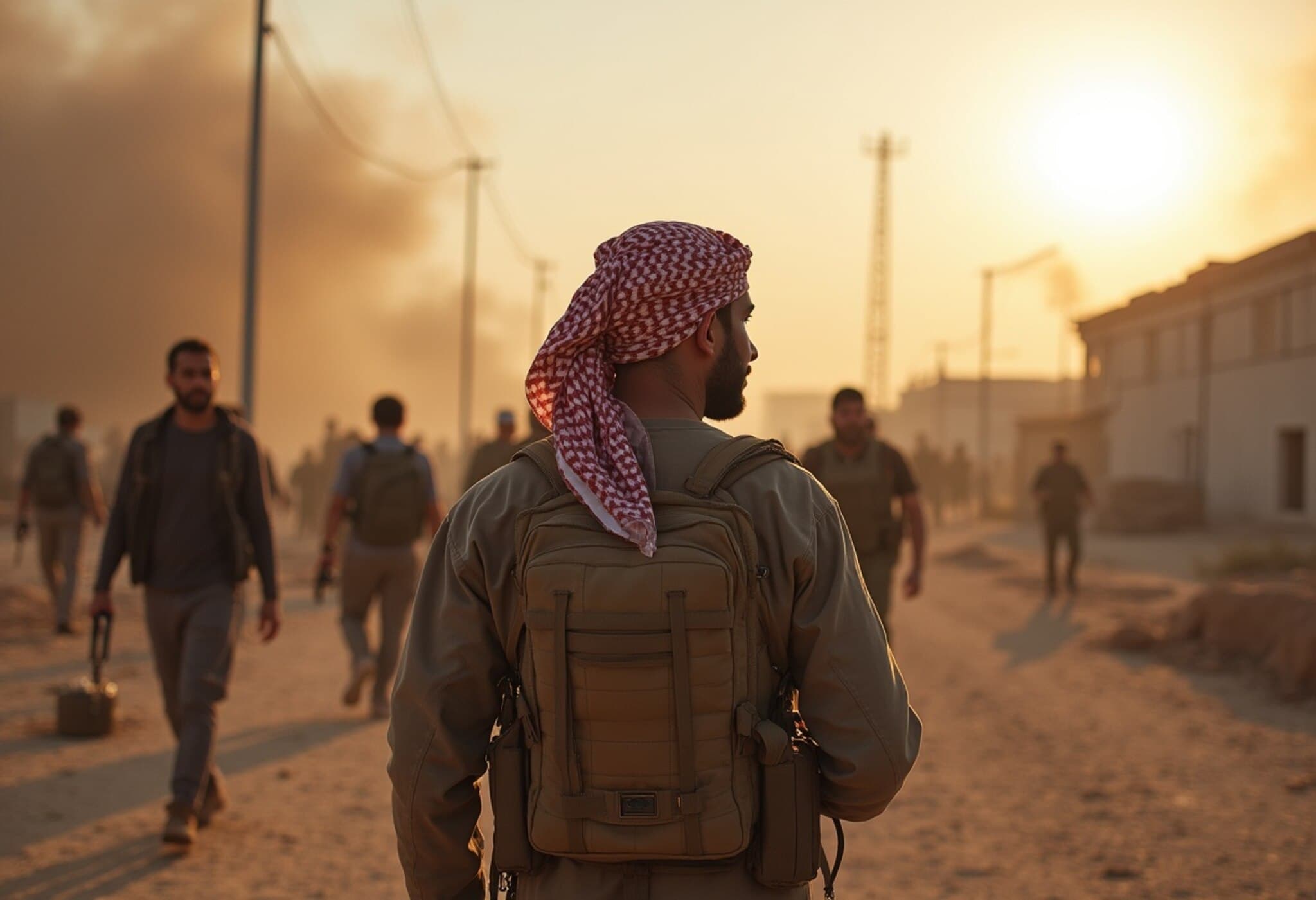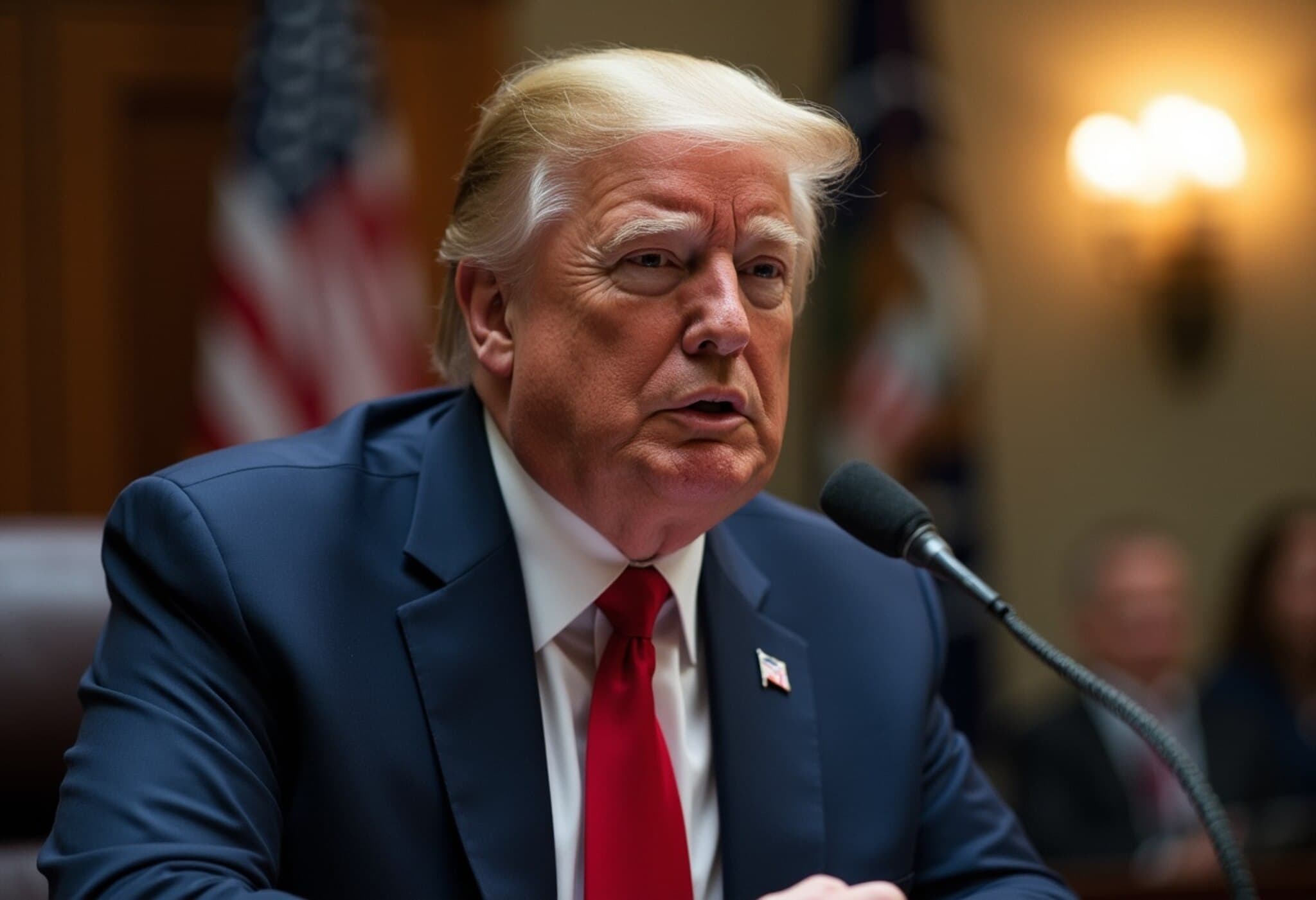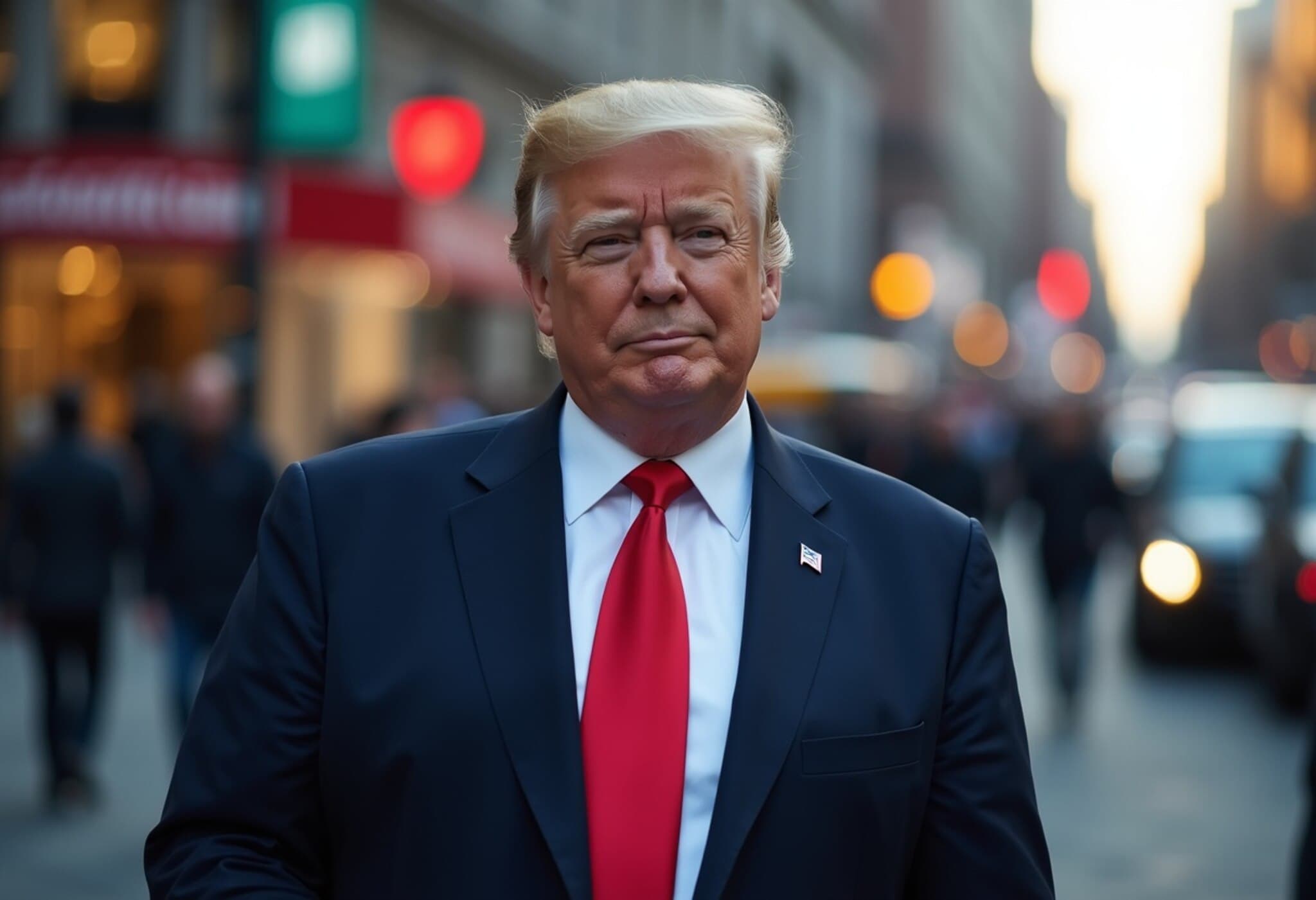Clashes in Syria’s Sweida Province Leave 248 Dead Amid Rising Sectarian Violence
In a chilling escalation of violence in southern Syria, recent clashes across the Sweida province have claimed the lives of at least 248 people, including over 90 members from the minority Druze community. This surge of bloodshed has cast a spotlight on the fragile sectarian fabric of Syria and prompted decisive military action from Israel, which has warned Damascus to cease hostilities against the Druze people.
Background: A Brewing Storm in the Heart of the Levant
The Druze community, concentrated largely in Syria’s Sweida province, has historically maintained a delicate neutrality amid the broader Syrian conflict. However, tensions surged recently following violent incidents involving pro-regime forces and Bedouin tribes, culminating in deadly confrontations. The spark reportedly was the abduction of a Druze merchant, triggering fierce clashes between Druze fighters and Sunni Bedouin groups.
According to the Syrian Observatory for Human Rights (SOHR), the lethality of these encounters is staggering, with 92 Druze casualties reported. Eyewitness testimony and human rights groups have raised alarm over reports suggesting that Syrian military units have sided with Bedouin factions, with military forces allegedly executing Druze fighters, exacerbating communal wounds.
Israel’s Intervention: A Message from the Golan Heights
Responding to the unfolding crisis, Israel launched a precision strike on the Syrian army headquarters in Damascus, framing it as a warning to Syrian President Ahmed al-Sharaa. Israeli Defense Minister Israel Katz explicitly called on the Syrian regime to "leave the Druze in Sweida alone," reiterating Israel’s self-declared commitment to protecting this vulnerable minority within Syria.
“Israel will not abandon the Druze in Syria,” Katz declared, emphasizing a determined policy to enforce demilitarization in the contested southern regions. This strike marks a discernible escalation of Israel’s military posture following weeks of warnings and signals a readiness to intensify operations if the regime ignores demands for withdrawal.
Earlier in the year, Prime Minister Benjamin Netanyahu underscored this stance by demanding the complete demilitarization of southern Syria and threatening further Israeli action should Syrian forces maintain their presence.
Complex Regional Dynamics and Underreported Realities
While often overshadowed by larger regional conflicts, the plight of the Druze community in Syria embodies broader themes of minority security, sectarian strife, and geopolitical rivalry. The Druze, tracing their roots to the Levant region, have traditionally maneuvered through turbulent political landscapes by maintaining local autonomy and neutrality.
This conflict also spotlights the troubling role of the Syrian regime under al-Sharaa, previously associated with mass violence against minority groups including the Shia Alawites. The current clashes underscore the regime’s potential instrumentalization of ethnic and sectarian divisions to consolidate control amid Syria’s fracturing statehood.
Future Outlook: Tensions on the Golan Border and Beyond
Israel’s recent troop reinforcements along the armistice line bordering the Syrian-controlled Golan Heights demonstrate preparedness for prolonged volatility. Israeli Druze leaders, such as Sheikh Mowafaq Tarif, have framed the struggle as existential for their community, reflecting widespread fears of erasure or forced displacement.
- Key Concerns: Security and survival of Druze populations amid escalating violence.
- Geopolitical Implications: Israeli strikes signify an intensifying proxy dimension to the Syrian civil war.
- Humanitarian Crisis: Potential for wider displacement and deepening sectarian divides.
Expert Commentary
Middle East policy analyst Dr. Leila Haddad observes, “The targeting of minorities such as the Druze is emblematic of the fractured nature of the Syrian conflict. Regional actors’ involvement, like Israel’s direct military engagement, reflects both the strategic significance of southern Syria and the fragility of minority protections in wartime.”
Moreover, the international community faces critical questions regarding the protection of minority rights amid protracted conflicts and the limits of state sovereignty when regimes employ violence against their own populations.
Editor's Note
The recent surge of deadly violence in Syria's Druze heartland and Israel’s forceful military response highlight the complex interplay of local sectarian tensions, regime brutality, and regional security interests. This evolving situation raises urgent questions about minority protections, the geopolitical chessboard of the Levant, and the heavy toll exacted on civilians caught in the crossfire of power struggles. As we monitor developments, the resilience of communities like the Druze and the strategic calculations of surrounding states will shape the future stability of this historically volatile region.


